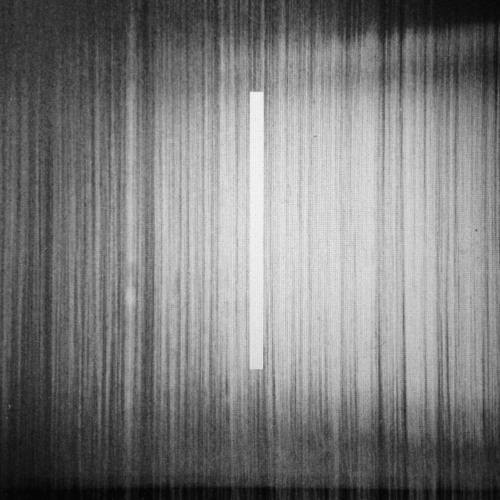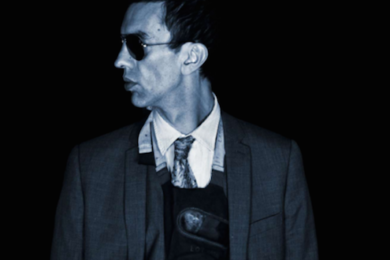2016 sees Samuel Kerridge return to Regis’ Downwards imprint with Fatal Light Attraction, a double LP born out of a live A/V show in collaboration with Andrej Boleslavský and Mária Júdová, premiered at last summer’s Berlin Atonal festival. There is a remarkable stylistic unity running through all three of his albums to date, with Fatal Light Attraction mining from the same, unmistakable pool of sonic resources that Kerridge had employed in A Fallen Empire and Always Offended, Never Ashamed. This is not to say that this release does not offer anything new. On the contrary, Fatal Light Attraction offers a markedly different and refreshing perspective on familiar sonic material which, given today’s accelerated musical life-cycles, could realistically have been expected to be abandoned in search of greener pastures. The fact that Kerridge’s unswerving dedication to his signature sound has proved its longevity in sustaining three albums (to date) is a high accolade indeed.
With Fatal Light Attraction, we get a glimpse of Kerridge’s more playful side, and the fact that the album was conceived for live performance is, no doubt, largely responsible. Make no mistake, all seven tracks are as blisteringly brutal as his previous work, but every gesture feels lighter, more airborne and more concise. If the previous albums evoked the sounds of heavy, Industrial Age machinery, then Fatal Light Attraction brings us squarely into the twenty-first century – the tracks are less desolate, every potential for space has been optimised, and the kinds of wails, pedals and static hisses that used to pour forth in torrents are now administered with laser-cut, clinical precision. No longer are we cocooned in drones of sinking sand, instead every element is locked into a demonic groove, circling, taunting and enticing the listener to become a part of this obscenity. A sense of spontaneity – absent from Kerridge’s previous releases – prevails here, and this, again, can probably be attributed to the album’s live conception, as any stasis would dramatically lessen the impact of Boleslavský and Júdová’s flickering virtual shadow which, during performance, is triggered in real time.
How this spontaneity translates in a domestic setting remains a question mark. My guess is that the album inhabits parallel ontologies for those who were fortunate enough to see the live show, and others for whom Fatal Light Attraction is a record, rather than a record of an event. Those bewildering silences in ‘FLA-2’, for example, have much more generous semantic potential for those who hear the album for the first time in their bedroom in comparison to others, constrained by memory and associations from the show. What remains constant is the sheer quality of the sounds on offer and an adept sense of balance in the arrangement. Both the subdued (in relative terms), rolling feel of ‘FLA-4’, and the gung-ho pyrotechnics of ‘FLA-1’ and ‘FLA-6’ are held upright by a breed of kick drum that only Kerridge could have spawned – lethal, and one-of-a-kind. The same can be said of the clap in ‘FLA-1’, deconstructed and mulched to hell and back like a home-made explosive, which punctuates the otherwise lazy swagger of this, perhaps the stand-out, tune. With Fatal Light Attraction, Kerridge confidently surpasses that critical third album hurdle, and leaves us with little doubt that his musical trajectory is moving ever onwards and upwards.




